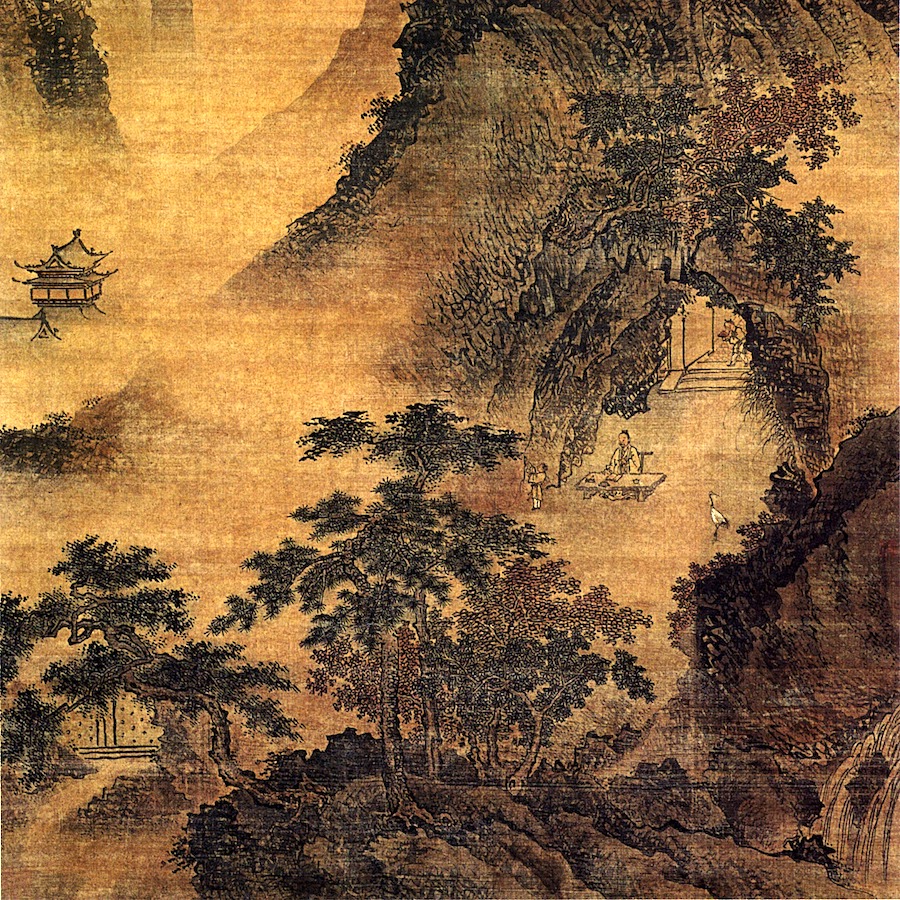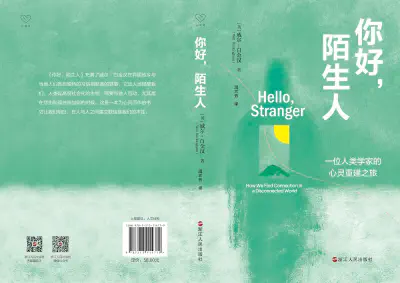I thought that this was worth sharing. It comes from A.C. Graham’s Disputers of the Tao, and is about the creative potential of divination techniques such as the Yijing, even if we accept (as I do) that the divinatory process is simply an exercise in playing with randomness.
An openness to chance influences loosing thought from preconceptions is indispensable to creative thinking. In responding to new and complex situations it is a practical necessity to shake up habitual schemes and wake to new correlations of similarities and connexions […] There is no reason to doubt that divination systems do help many people to reach appropriate decision in situations with too many unknown factors, and that the Yi is among the more successful of them. Unless we are to follow Jung in postulating an a-causal principle of synchronicity, we must suppose that the Yi serves to break down preconceptions by forcing the diviner to correlate his situation with a chance sequence of six prognostications. If their meaning were unambiguous, the overwhelming probability would be that the prognostications would be either obviously inapplicable or grossly misleading.
Since on the contrary the hexagrams open up an indefinite range of patterns for correlation, in the calm of withdrawal into sacred space and time, the effect is to free the mind to take account of all information whether or not it conflicts with preconceptions, awaken it to unnoticed similarities and connexions, and guide it to a settled decision adequate to the complexity of factors. This is conceived not as discursive thinking but as a synthesising act in which the diviner sees into and responds to everything at once, with a lucidity mysterious to himself. The Yi is not a book which pretends to offer clear predictions but hides away in tantalising obscurities; it assumes in the diviner that kind of intelligence we have discussed in connexion with Zhuangzi, opening out and responding to stimulation in perfect tranquility, lucidity and flexibility.
(p. 368-370)
Image: Grinding Cinnabar and Annotating the Yijing. Wikimedia Commons.



